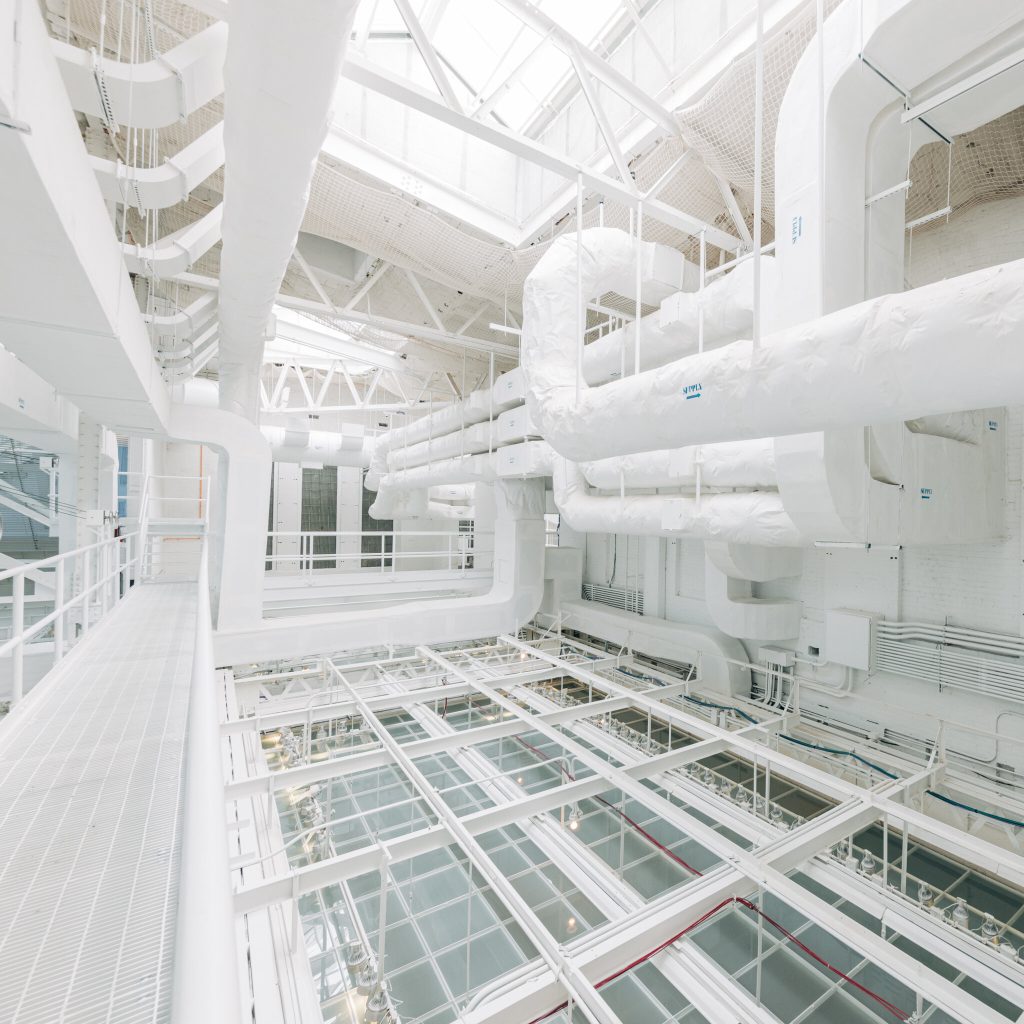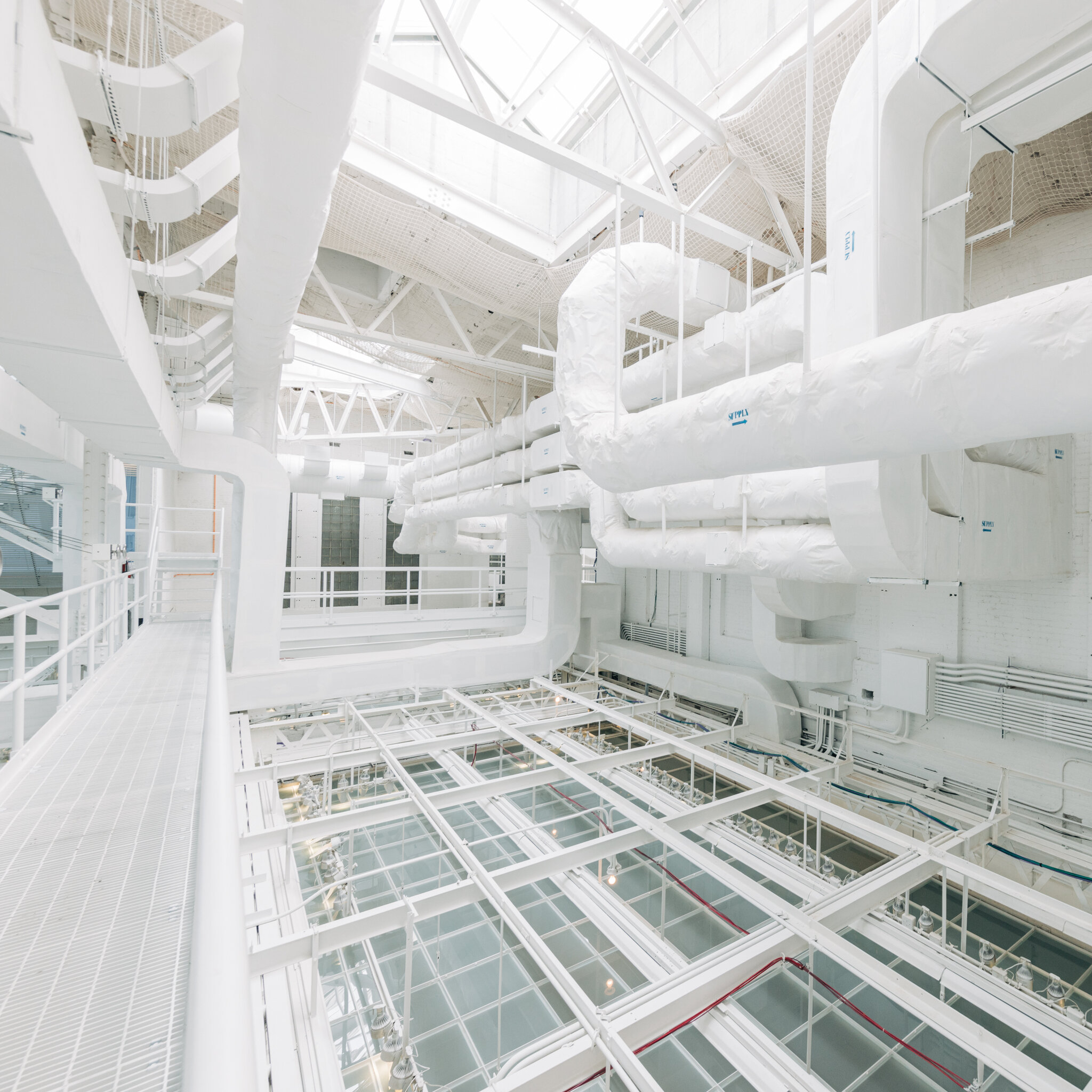
“Metropolitan Museum Exhibitions Emphasize the Importance of Voting”

# Art, Politics, and the Power of Photography: A Tale of Juxtaposed Realities
In a time when the lines between art, politics, and personal identity are increasingly blurred, two concurrent exhibitions at the Metropolitan Museum of Art (The Met) in New York City — *Jesse Krimes: Corrections* and *Floridas: Anastasia Samoylova and Walker Evans* — offer compelling insights into these intersections. By pairing contemporary and archival photography, these exhibitions unearth the deep contradictions and systemic issues shaping American society today.
These unique juxtapositions delve into themes of incarceration, climate change, and America’s politically charged battlegrounds, urging visitors to confront the dissonance that defines much of modern political life. The timing of the exhibitions, landing just ahead of a pivotal election, adds an additional layer of urgency — one when the country’s crises are laid bare against the backdrop of stunning visual storytelling.
## 1. *Jesse Krimes: Corrections* — A Meditation on Incarceration
**Jesse Krimes**, who spent five years in federal prison for nonviolent drug charges, uses his art to lay bare the systemic failures of mass incarceration, racial inequities, and the psychological toll of imprisonment. His works in *Corrections* are a bold reminder of how the United States’ justice system, which holds *millions* behind bars, disenfranchises vast swaths of the population — especially Black and Brown communities.
Among the most striking of Krimes’ works is the massive mural “*Apokaluptein:16389067*” (2010–13), a 40-foot collaged narrative created on cotton bedsheets while the artist was imprisoned. The imagery, a mix of advertisements, drawings, and news articles, forms a mosaic of contemporary crises related to poverty, war, and state-sanctioned violence. This mural was smuggled out of prison in pieces, stitched together after his release, becoming both a personal and political statement on the horrors of incarceration.
Krimes’ work stands in stark contrast to the 19th-century *cartes de visite* on display by **Alphonse Bertillon**, a French criminologist whose flawed identification techniques led to the development of the modern mugshot. Bertillon’s portfolio of “suspected criminals” is eerily evocative of today’s debates around police reform, racial profiling, and public surveillance. The chilling question arises: *Who gets to define criminality?*
By placing both Krimes and Bertillon together in one exhibition, *Corrections* speaks to the hypocrisy and disproportionate punishment doled out in America’s criminal justice system. It challenges enduring notions of guilt and innocence, imploring viewers to rethink their perceptions of crime and reform.
## 2. *Floridas: Anastasia Samoylova and Walker Evans* — A Dual Vision of the American South
Spanning 80 years, *Floridas: Anastasia Samoylova and Walker Evans* brings together contemporary works by **Anastasia Samoylova** and archival photography by icon **Walker Evans**, both documenting the state of Florida — a microcosm of America’s political and environmental struggles.
Evans’ black-and-white shots from the early 20th century evoke a sense of nostalgia for a nearly forgotten Florida, littered with banyan trees, quaint seaside shops, and quiet coastal towns. His lens romanticizes a bygone era, capturing the “paradise mythos” that has long enchanted outsiders. However, Samoylova’s vibrant yet unsettling color photos tell a much darker tale of 21st-century Florida, hallmarked by rising extremism, gun culture, and the unmistakable threat of climate disaster.
One of Samoylova’s more recent works, *Dome House with Upside-Down Flag* (2021), depicts a house flying a distressed American flag, a notorious emblem from the “Stop the Steal” movement in the aftermath of the 2020 election. It’s a potent symbol of the fracturing political landscape of the state, which, once a battleground for progressive policies, has become a hotbed for right-wing extremism.
Simultaneously, the threat of environmental collapse looms large in Samoylova’s frames. Flooded cars and crumbling buildings reflect a state already suffering at the hands of climate change, even as many of its representatives continue to deny its very existence. Her series reminds us — just as Evans’ postcards beckon visitors with slogans like “See America First, Come to Florida” — that the paradise Florida once promised is being eroded by both human and climate forces.
## 3. Political Dissonance and the Fight for Change
Both exhibitions provide a powerful critique on how deeply America’s political conflicts are tied to lived realities. Krimes’ exploration of mass incarceration and systemic oppression stands in sharp contrast to the relative impunity enjoyed by the country’s ruling elite. As his works show, many